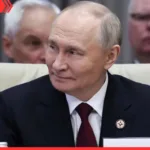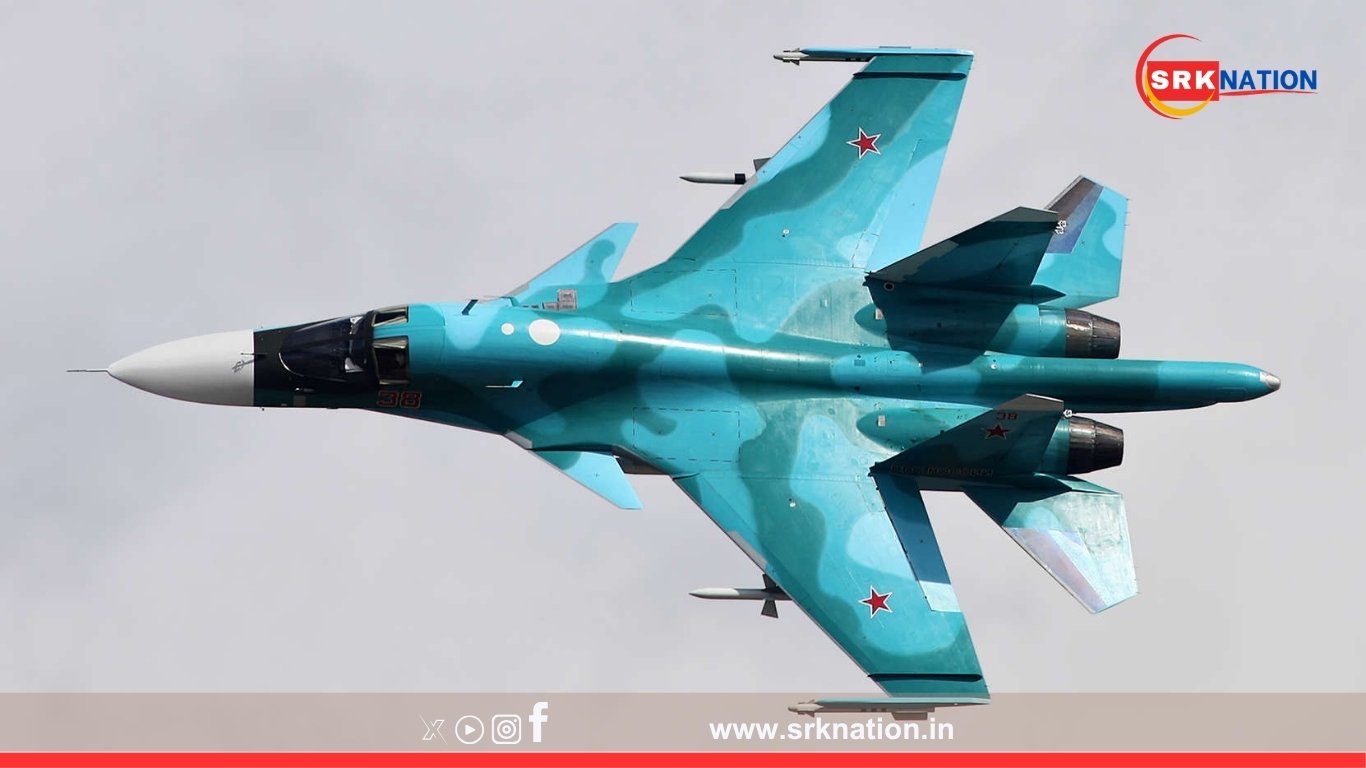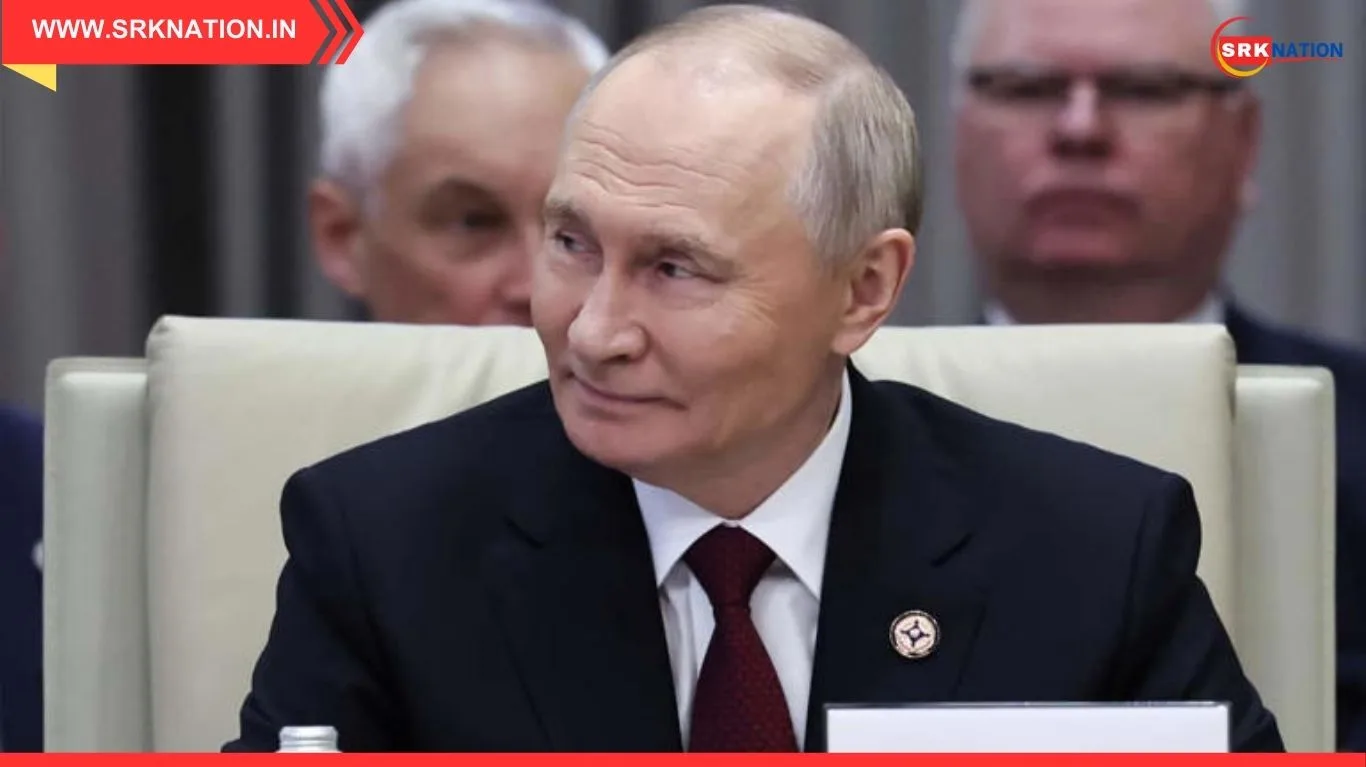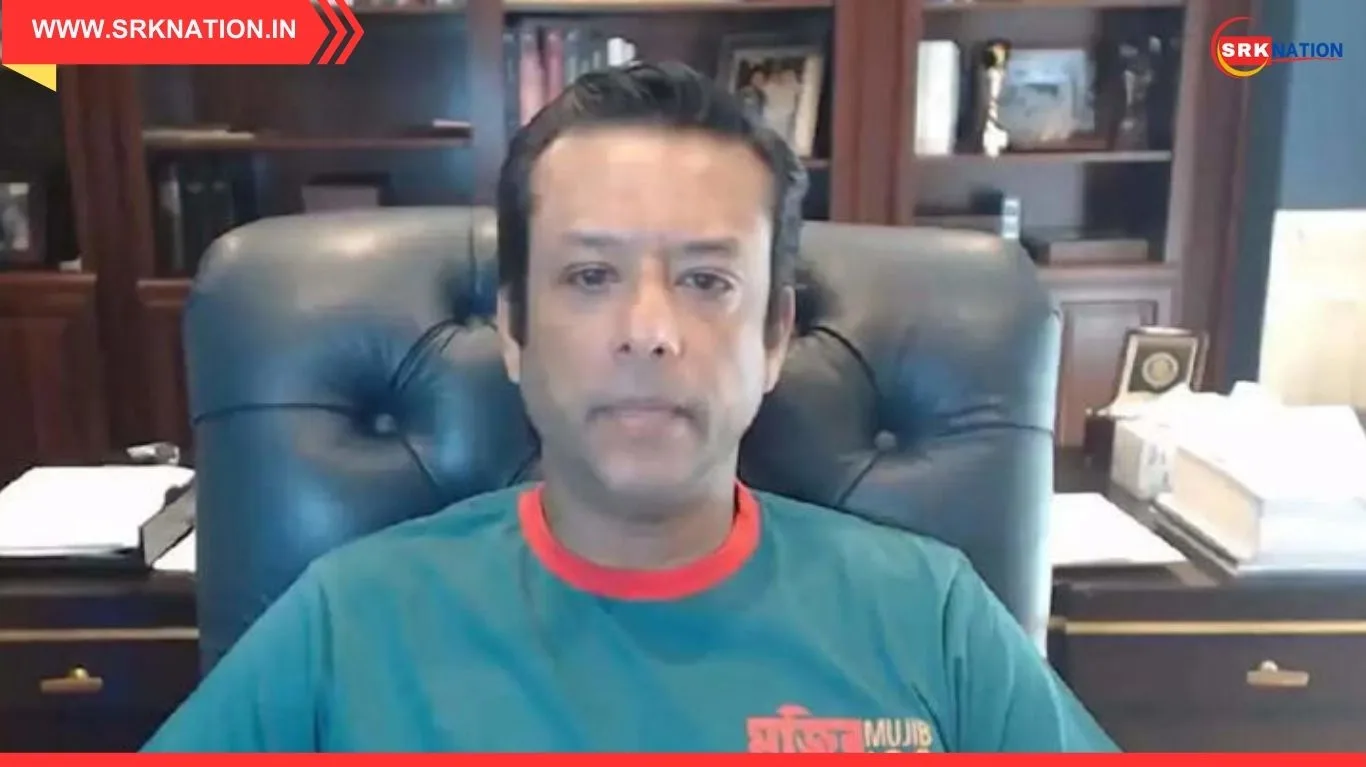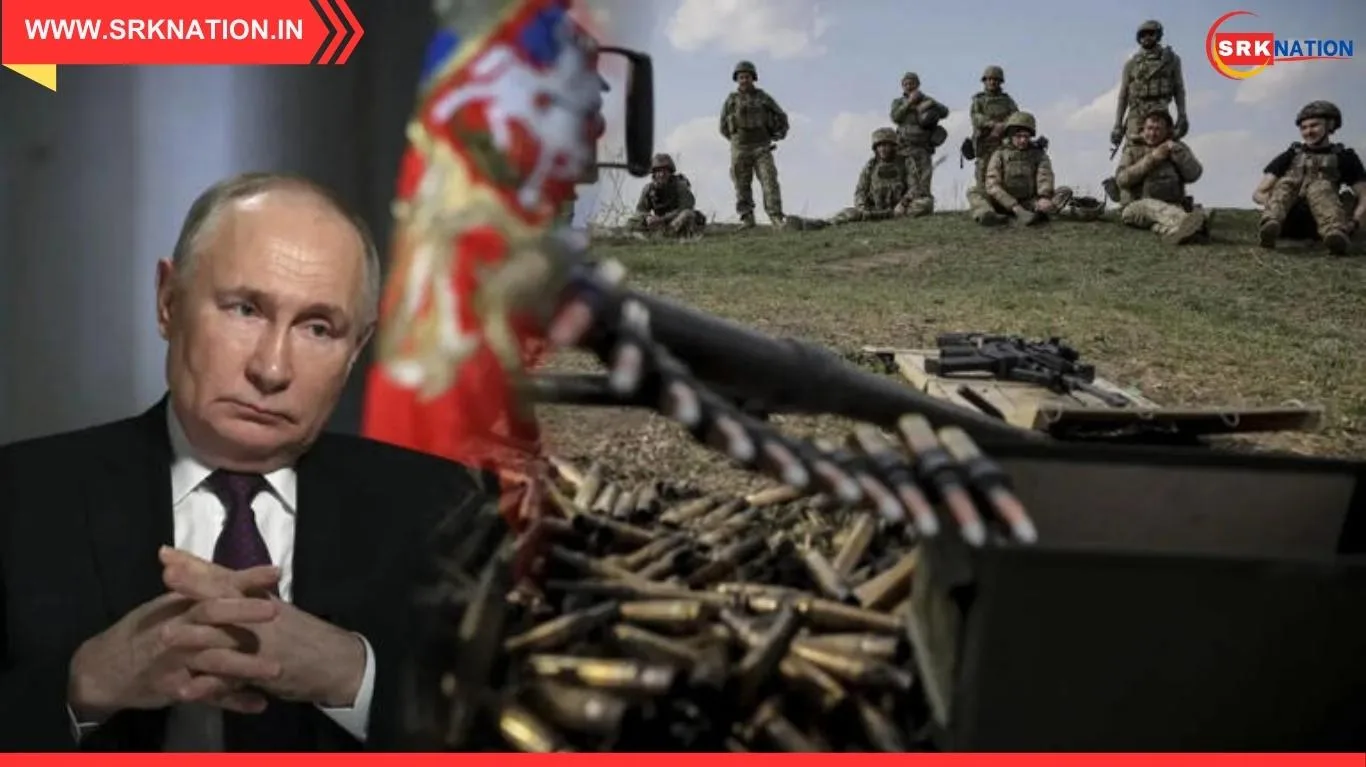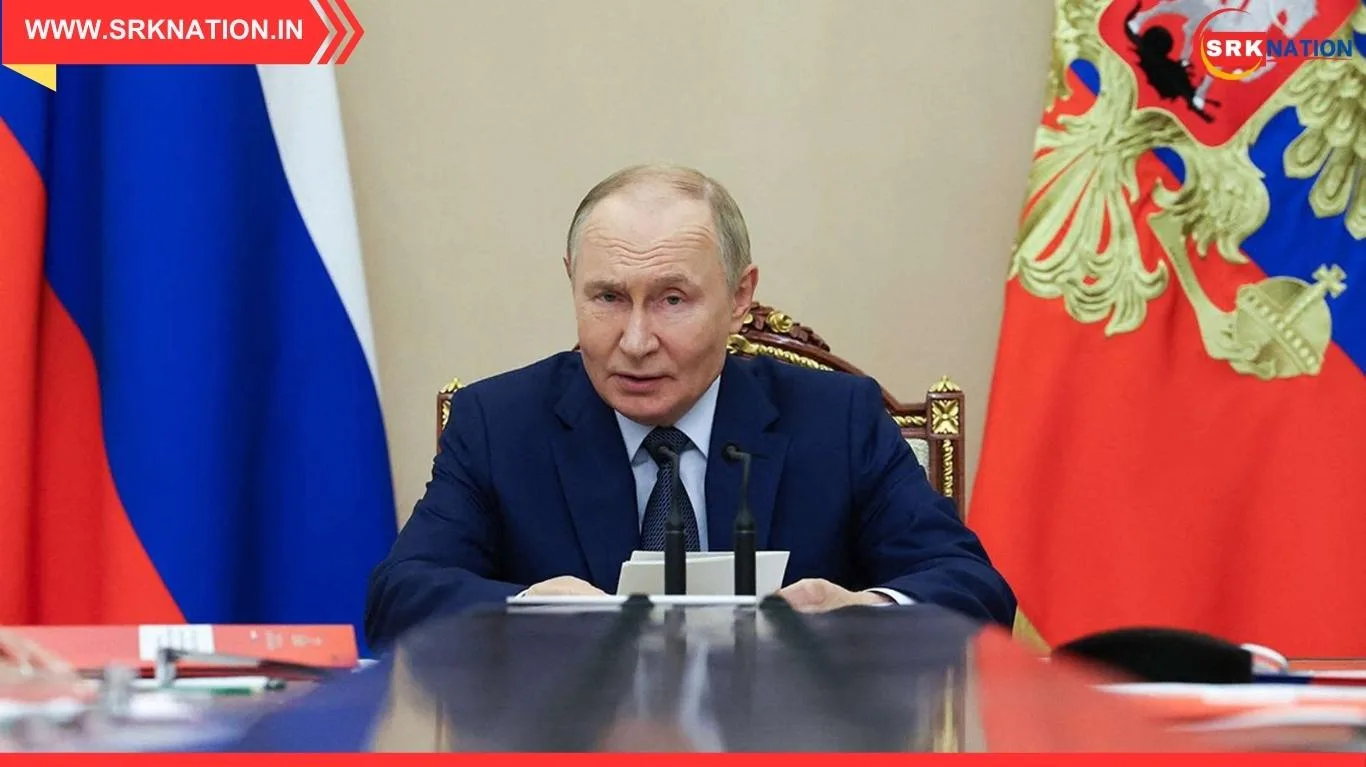In a significant escalation of the ongoing Russia-Ukraine war, Ukraine carried out a high-impact drone and missile strike on a major Russian airfield, resulting in substantial destruction of advanced military assets. The attack, confirmed by both Ukrainian military intelligence and independent satellite imagery analysts, has inflicted one of the heaviest material losses on Russian forces since the start of the conflict in February 2022.
What Happened?
According to reports from Ukrainian Armed Forces’ Strategic Communications and Western defence analysts, the attack took place early Sunday morning, targeting Kushchyovskaya airbase in Russia’s Krasnodar region. This base has been a key operational hub for Russian fighter jets, helicopters, and drone operations supporting offensive missions in Eastern and Southern Ukraine.
Details Of The Attack
- Timing: Approximately 2:30 am local time.
- Weapons Used: Long-range drones, cruise missiles, and explosive UAVs launched from Ukrainian-controlled territories.
- Targets: Fighter jets, attack helicopters, fuel storage facilities, hangars, and runways.
Eyewitness videos circulating on Russian Telegram channels showed massive explosions lighting up the night sky, followed by secondary blasts likely from ignited fuel and munitions stockpiles.
Extent Of Damage: Satellite Imagery Assessment
Independent satellite imagery analysis conducted by Maxar Technologies and Planet Labs on Monday revealed:
| Asset Damaged/Destroyed | Estimated Number |
|---|---|
| Su-34 Fighter-bombers | 5-6 destroyed |
| Su-30SM Multirole jets | 2 damaged |
| Mi-28 Attack helicopters | 3 destroyed |
| Fuel and maintenance sheds | Fully burnt |
| Runway section | Cratered |
(Source: Maxar Technologies and Planet Labs comparison images, verified by military analysts)
This represents one of the most costly single-day air asset losses for Russia, with estimated material damage exceeding $600 million.
Ukrainian Military’s Official Statement
The Ukrainian Armed Forces issued a cryptic confirmation, stating:
“As part of deep strike operations, Ukrainian Defence Forces successfully targeted enemy aviation facilities used to launch terror attacks on peaceful Ukrainian cities. The enemy’s losses are being assessed but are significant.”
They further warned that any Russian airfield launching attacks on Ukraine is a legitimate military target under international law.
Russian Response
The Russian Defence Ministry initially claimed it had:
- Intercepted and downed multiple drones and missiles targeting the airfield.
- Admitted to “minor damage due to falling debris”, without confirming aircraft losses.
- Reported no casualties among personnel.
However, military bloggers and retired Russian Air Force officers contradicted the ministry’s claims, calling the damage “severe and operationally impactful”.
Pro-Kremlin Telegram Channels React
Popular Russian military Telegram channels like Rybar and Fighterbomber posted:
“This is a shameful day for the Russian Aerospace Forces. The enemy destroyed millions worth of aircraft without even entering our airspace.”
Why Was Kushchyovskaya Airbase Targeted?
Strategically, Kushchyovskaya is:
- A key forward operating base for air raids on Ukrainian southern territories including Zaporizhzhia and Kherson.
- Hosting strike fighter squadrons and attack helicopter units used to support ground offensives.
- A major logistics and refuelling hub in Russia’s southern military district.
Destroying assets here severely disrupts Russia’s air support capability for frontline troops in Eastern Ukraine.
Impact On Russia’s War Operations
| Operational Area | Likely Impact |
|---|---|
| Southern Front (Zaporizhzhia, Kherson) | Reduced airstrike frequency |
| Drone and helicopter operations | Disrupted deployment cycles |
| Pilot morale and safety | Lowered confidence in rear-area security |
| Logistics and repairs | Significant delays due to destroyed facilities |
Military experts believe Russia will have to divert replacement aircraft from other theatres or risk reduced air dominance along active frontlines.
International Reactions
NATO Officials
Unnamed NATO defence sources told Reuters:
“Ukraine’s successful deep strike capability demonstrates its growing indigenous drone technology and Western missile integration.”
US Military Analysts
Michael Kofman, Carnegie Endowment for International Peace, said:
“This strike signals that Russian rear bases are not safe despite air defences. It forces Russia to either disperse its air assets, stretching thin its maintenance and operations, or risk further such costly attacks.”
Ukrainian Strategy: Escalating Deep Strikes
Ukraine’s drone and missile strikes inside Russian territory have intensified in 2025, with objectives to:
- Disrupt military logistics and supply chains.
- Damage morale by demonstrating reach and capability.
- Reduce frontline pressure by destroying rear-area aircraft and ammunition storage.
- Force Russia to allocate expensive air defence systems away from frontlines.
Recent Major Strikes By Ukraine
| Date | Target | Damage |
|---|---|---|
| May 2025 | Belgorod oil refinery | Major fire, facility offline for weeks |
| April 2025 | Voronezh airbase | 3 Su-34 jets damaged |
| March 2025 | Sevastopol naval base | Two Black Sea Fleet vessels hit |
Russia’s Defensive Challenges
Despite advanced S-400 air defence systems and layered radar coverage, Russia continues to struggle against:
- Low-flying, small signature drones evading radar detection.
- Saturation tactics, where multiple drones overwhelm defences simultaneously.
- Indigenous Ukrainian drone innovations with extended range and terrain-following capabilities.
Potential Russian Retaliation
Analysts predict Russia will:
- Intensify missile strikes on Ukrainian cities in retaliation.
- Target Ukrainian drone manufacturing and assembly facilities.
- Deploy additional mobile air defence units around critical airfields.
However, military experts warn such escalations may further widen the theatre of war, drawing stronger Western military aid to Ukraine.
Economic Cost Of The Strike
According to defence economists:
- Su-34 jet: ~$50 million each
- Su-30SM jet: ~$40 million each
- Mi-28 helicopter: ~$18 million each
- Total estimated airframe damage: $400-500 million
- Infrastructure damage (fuel depots, hangars, runways): ~$100-150 million
This attack marks one of the highest single-day material losses for Russia since the sinking of the Black Sea Fleet’s flagship Moskva in 2022.
Ukrainian Civilian Reaction
Many Ukrainians celebrated the strike online, posting memes and appreciation posts for the military. A Kyiv resident told BBC:
“We are tired of daily Russian drone attacks. It is good to see they too feel the impact now.”
Conclusion
Ukraine’s costly strike on Russia’s Kushchyovskaya airbase not only destroyed expensive aircraft and critical infrastructure but also exposed the vulnerabilities in Russia’s rear-area defences. As both nations continue to develop longer-range precision strike capabilities, military strategists warn of a deepening conflict with increasing risks of escalation.
Whether this attack will push Moscow to seek negotiations or retaliate with greater ferocity remains to be seen, but what is clear is that Ukraine has demonstrated a powerful deterrence capability, reshaping the strategic calculations in Europe’s most devastating war in decades.
Disclaimer: This article is based on official statements, satellite imagery analysis, and defence expert commentary as of June 30, 2025. Casualty and damage estimates may be updated as further confirmations emerge.



